Game-Based SRH Education for Adolescent Boys
PROJECT BRIEF
Despite increasing attention to adolescent well-being, most interventions around sexual and reproductive health (SRH) in India have focused on girls, often overlooking the experiences and needs of boys. This project sought to bridge that gap by developing a narrative-driven mobile game to engage boys aged 15–19 on themes of intimacy, consent, gender roles, and healthy relationships. Our role was to conduct iterative design testing across the game development journey to ensure the end product was relatable, engaging, and grounded in the real-life experiences of adolescent boys in peri-urban and rural India.
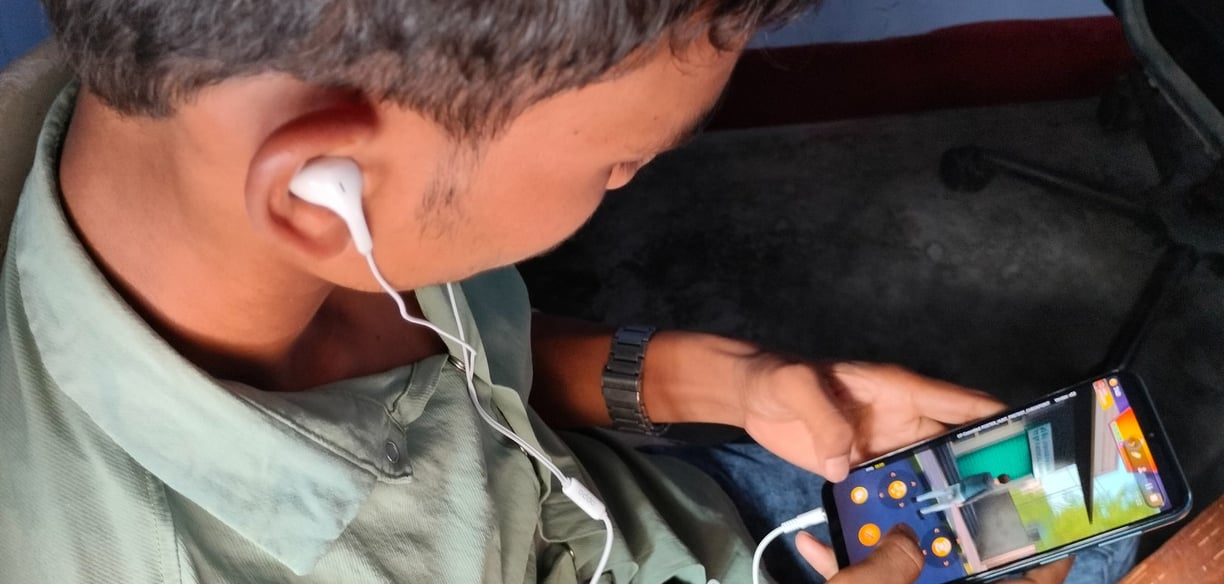

APPROACH
STAKEHOLDERS
Over the course of the project, we engaged with 60+ stakeholders across the geographies through a mix of in-person and remote design testing sessions. Our primary audience was adolescent boys aged 15–19, who participated in structured feedback sessions to co-design the game’s storyline, missions, mini-games, and user interface. To support remote testing formats, we trained and onboarded six youth coordinators who facilitated sessions in their local contexts and helped recruit participants. Their deep community embedment helped build trust and ensure a smoother facilitation of sessions on sensitive themes like intimacy, consent, and SRH.
In addition to the boys, we also held brief exploratory discussions with parents and caregivers, primarily to gauge community perceptions and identify potential backlash regarding the game’s themes. This lens was crucial to inform culturally sensitive design decisions. The project was commissioned by Howard Delafield International and funded by USAID, with our team designing and executing nine iterative testing sessions that spanned the full game development cycle—from character and mission arcs to alpha and beta builds.
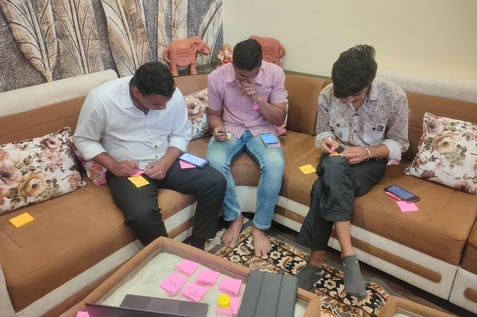



KEY INSIGHTS
The testing sessions surfaced several critical insights that helped shape both game content and facilitation strategies. First, the importance of safe spaces was evident—boys opened up more freely in male-only environments, where they felt less judged and more comfortable discussing sensitive topics. Many boys revealed internalized pressure to take on financial, emotional, and protective responsibilities within relationships, fearing disapproval if they failed to meet these expectations. There was also a noticeable gap in SRH conversations—boys lacked trusted, relatable sources of information and environments where they could explore themes of intimacy and consent safely. On the facilitation front, session format had a significant impact: audio-only storytelling without strong visual support led to disengagement, while shorter, focused sessions maintained better attention. Additionally, well-trained youth coordinators proved essential for smooth facilitation, particularly in remote sessions, reducing the need for constant intervention and enabling a more participant-led dialogue.
OUTCOME
The design testing efforts directly contributed to the shaping of the final game, now launched as Go Bro: Dare to Be Hatke and available on the Play Store. Through iterative end-user feedback, we influenced multiple aspects of the game—ranging from storyline refinement and mission flow to interface design, game mechanics, and language tonality. The agile, parallel testing methodology enabled faster turnaround by integrating real-time feedback into development cycles, ultimately streamlining the production timeline without compromising on user resonance.
Additionally, our parental interactions flagged potential areas of resistance, allowing the team to plan for proactive community-facing communication strategies. Continuous engagement with adolescent boys also helped us surface deeper, intangible factors—particularly around relatability, emotional triggers, and perceived realism—which were instrumental in fine-tuning the game’s tone and visual direction. Notably, the development team actively integrated our inputs, making the co-design process both collaborative and impactful.
You can download this game at Play Store now.


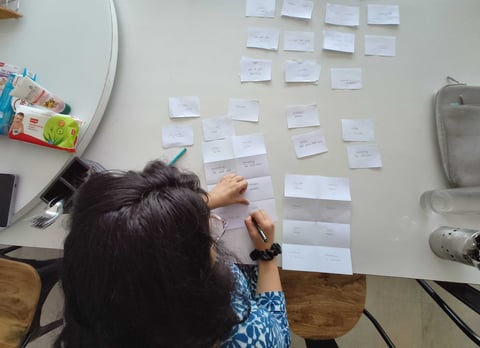



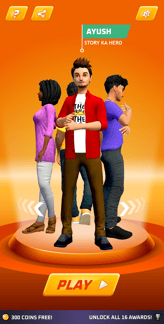

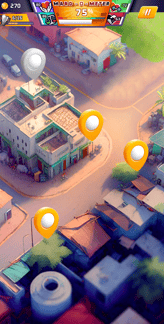


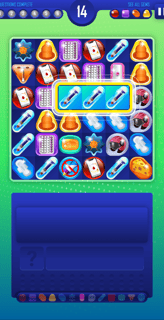
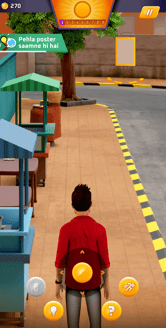

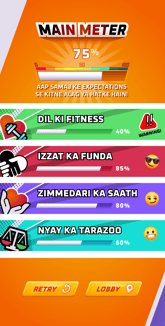

Over a period of nearly a year, we conducted end-user research and co-design sessions across Delhi, Jaipur, and Patna, adapting our approach to resonate with the regional and cultural contexts of each geography.
We tested the game’s evolving features—from broad storyline arcs and character development to micro-level elements like UI flow and mission mechanics. A combination of in-person and remote formats allowed us to reach boys in diverse settings and engage with them closely.
Our design testing sessions were structured to observe behavior, capture real-time feedback, and surface unspoken perceptions around SRH topics. Each session involved detailed planning—training local youth coordinators, developing custom field assets, and ensuring moderation protocols. Sessions also experimented with different mediums—audio storylines, visual aids, and interactive physical games adapted from in-game missions.
These participatory exercises were vital in creating an atmosphere where boys could engage freely and without judgment, especially on themes they were rarely encouraged to explore openly.